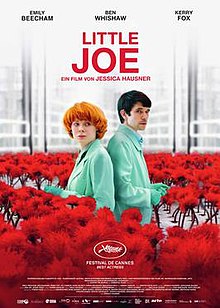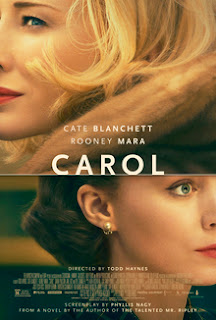The Circus : Charlie Chaplin
_-_Hap_Hadley_poster.jpg)
Two things that had made Charlie Chaplin’s The Circus [1928] very inimitable and grand. First the narrative style and second keeping the film silent in the advent of talkies. Another aspect that is very unusual and still mysterious to me as I have not finished my reading of Chaplin’s Autobiography. It is infamous that The Circus is the only Chaplin’s film which he didn’t mention in his autobiography. It should be researched well resourcefully whether it is that he went through the great turmoil in his private life during its production or it is that he faced an adversary in the professional settings and took the most risky decision not to go with the flow to uphold the aesthetic excellence and integrity of cinema. All the erstwhile feature films he followed the identical formula for dramatic structure of love triangle. In The Kid [1921], the woman was abandoned by the artist, Millet shot himself after being refused by Marie in The Woman of Paris [1923] and in his third feature, The


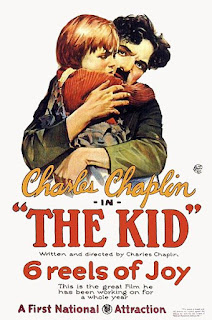

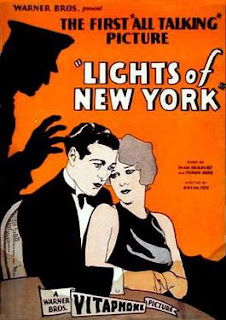
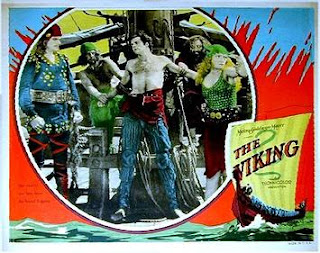



.jpeg)


.jpeg)
.jpeg)


.jpg)
.jpeg)
